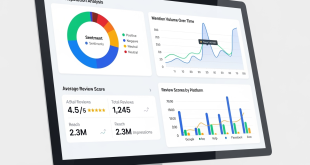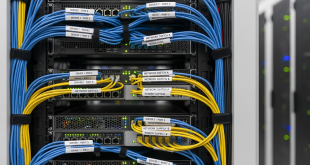Many businesses rely on greenhouses to grow their products. These innovative buildings create the condition that various crops need to survive and thrive.
Achieving a high level of efficiency, though, isn’t always easy. You know that you need to optimize growing conditions, but you’re not entirely sure how.
In this post, we take a look at some of the ways that you can increase efficiency. Check them out below.
Improve Your Heating
When winter weather hits, many growers find themselves needing to heat their greenhouses. Heating is essential for ensuring that plants continue to experience optimal growing conditions. If temperatures plummet too low, some crops will fail.
Greenhouse operators need to ensure that they have the right propane tank parts to keep their heating systems operating. Generally, propane is the fuel of choice in cold weather because it does not freeze.
Seal Your Fans
Heat loss around fans is a major issue that reduces greenhouse efficiency. Producers often wind up spending more money than they need on heating bills because of small gaps around the units.
You can seal heating fans by eliminating any cracks. You can also use roll-up fan covers while your fans are not in use.
Add A Thermal Screen
If you have the budget, you can also try adding a thermal screen to your irrigation. These prevent heat from escaping your crop and act a little bit like a blanket.
Improve Your Lighting Sources
Many old greenhouses are still relying on incandescent bulbs. These partly offset heating costs in the winter, but they are horribly inefficient in the summer. The majority of the electricity they consume is lost in the form of heat, not light.
Most growers are now using LEDs that only emit light in the spectrum that plants use. This reduces overall energy use compared to both standard LEDs and regular incandescents or halogens.
Fully Insulate The North-Facing Wall
Most greenhouses have glass panels for every wall. However, if you know the orientation of your greenhouse in advance (and it’s not going to change), then it can help to fully insulate the north wall. It’s worth doing because you’re unlikely to get much sunlight from this direction if you’re operating in the northern hemisphere. Plus, you can prevent heat from escaping year-round, lowering your bills.
Double Check Your Control System
Most commercial greenhouses use control systems to regulate light and heat. Don’t assume that your system is working flawlessly. In many cases, timers can get out of sync with what you originally code into the system.
Manually check that the lighting and temperature is what you think it should be. If there is any discrepancy, it could put your crop at risk.
Clean Your Fan Blades
Over time, dust and grime can adhere to your fans. This process can reduce efficiency by as much as 10 to 15 percent.
To avoid this, get a professional to clean your fans or do it yourself. Remove any gunk that you find on the ventilation slats as this can reduce the efficiency of the fan motor.
 Entrepreneur Resources Your source for small business information
Entrepreneur Resources Your source for small business information




